| 6 mins read
Craig Taylor
Situated in East Africa, Djibouti is truly a spectacular country. Broken down into six regions, the south of the country is known for its beaches, the central plains are volcanic while the north is extremely mountainous. The country of just under 1 million inhabitants has over half its population living in the capital, Djibouti City.
As a tourist, where should you spend your time? This four-day itinerary is the perfect travel guide to take in everything that Djibouti has to offer.
Day 1: Explore the city of Djibouti
A mixture of French architecture and more traditional buildings blend together in a city that is over a century old. Note, French speakers will have no problem communicating with the locals since most of the locals speak French or Arabic, but not many of them speak English. Consider a local tour guide to help you overcome any communication problems as you are shown the best of the city attractions. These include:
Beaches in Djibouti
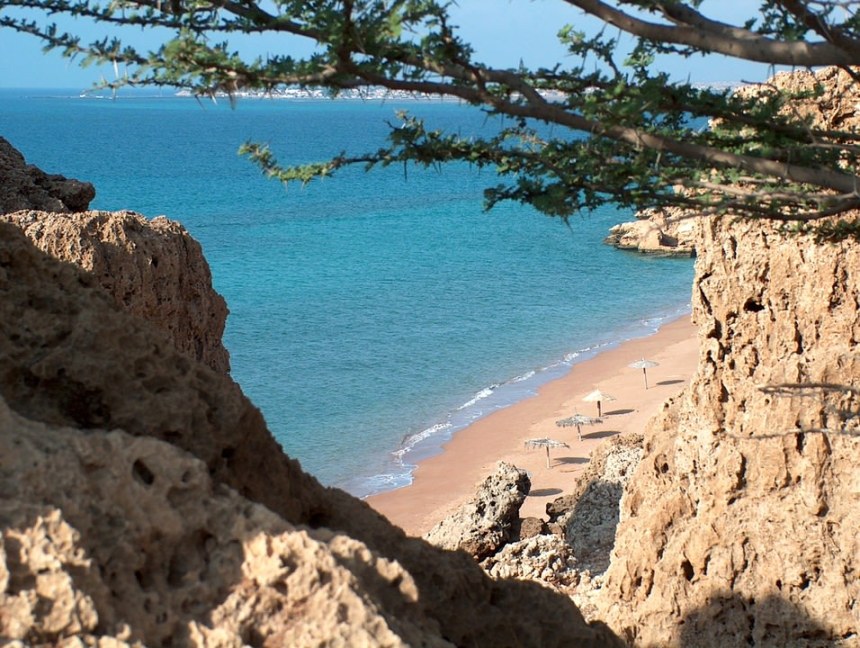
Grand Mosque of Hamoudi
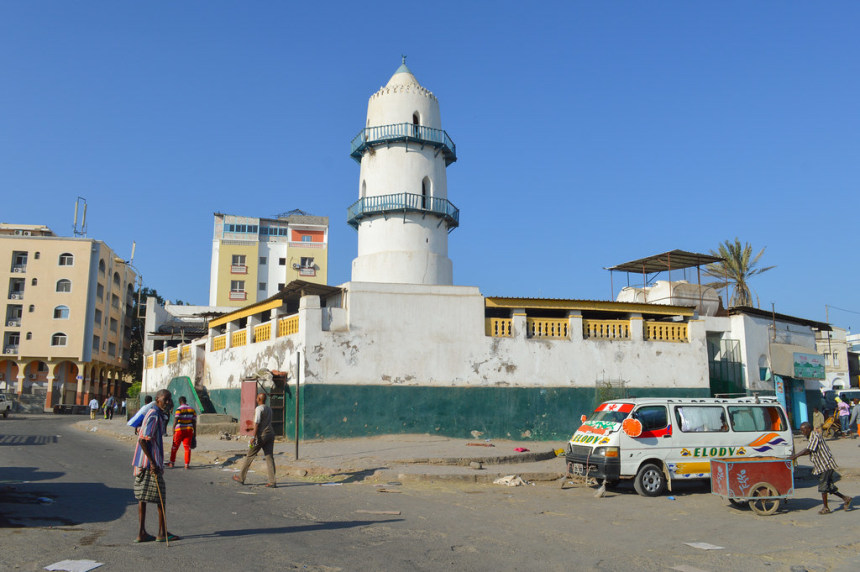
Local cuisine
Since the city is right on the Gulf of Aden, seafood plays a huge part in cuisine in the capital. A local favourite is Yemeni fish which is cooked in a tandoori oven. Traditional dishes include a stew known to the locals as “fah-fah” while a spicy soup with boiled beef called “soupe djiboutienne” is served often. Other local dishes include “laxoox” (flatbread) and “skudahkharis” (lamb stew). Popular restaurants here include “Melting Pot” and “La Mer Rouge”.
Place Ménélik
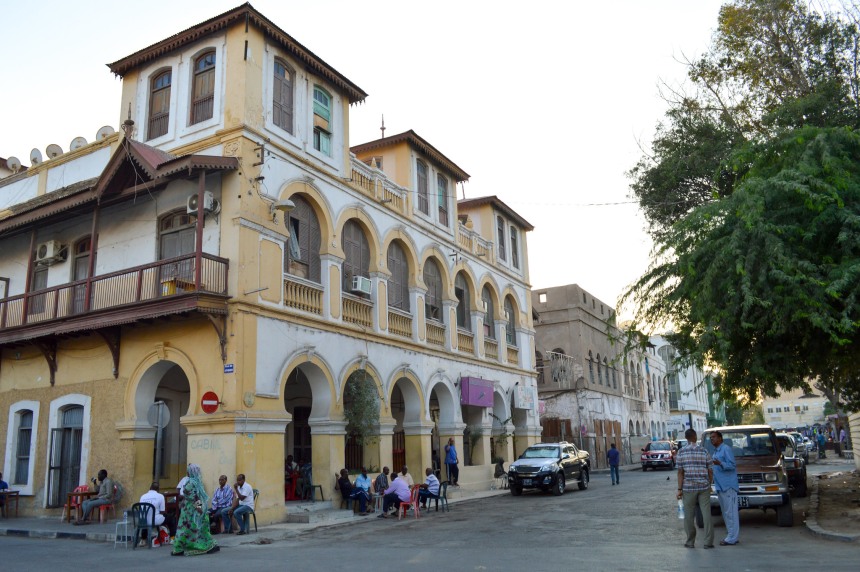
Whale Shark Diving
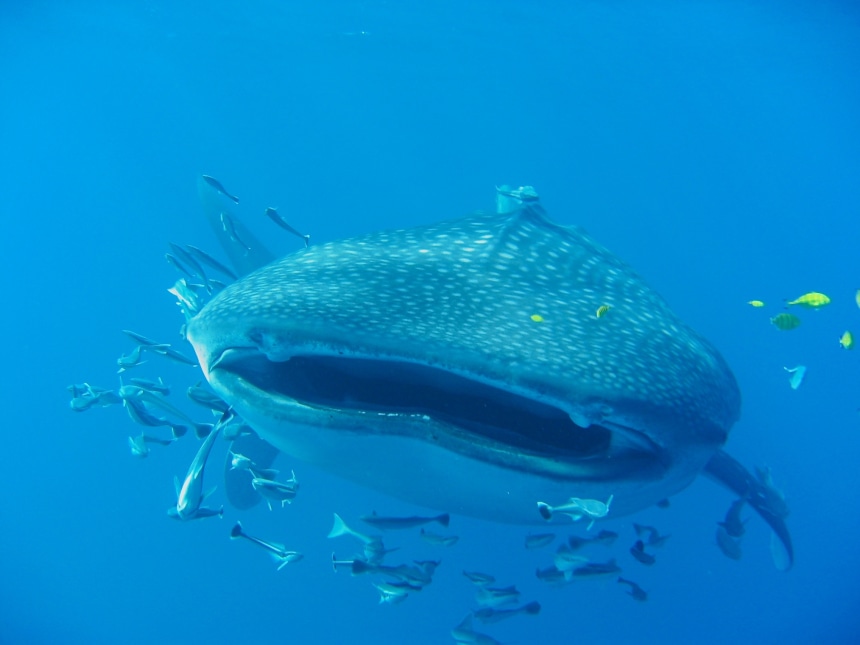
The whale sharks themselves are migratory animals and come to the water near Djibouti to give birth to their young and are only found here between November and February. One of the best places to see them is the ominously named Island of the Devil. The waters here are rich in plankton on which the whale sharks feed.
Les Caisses Market
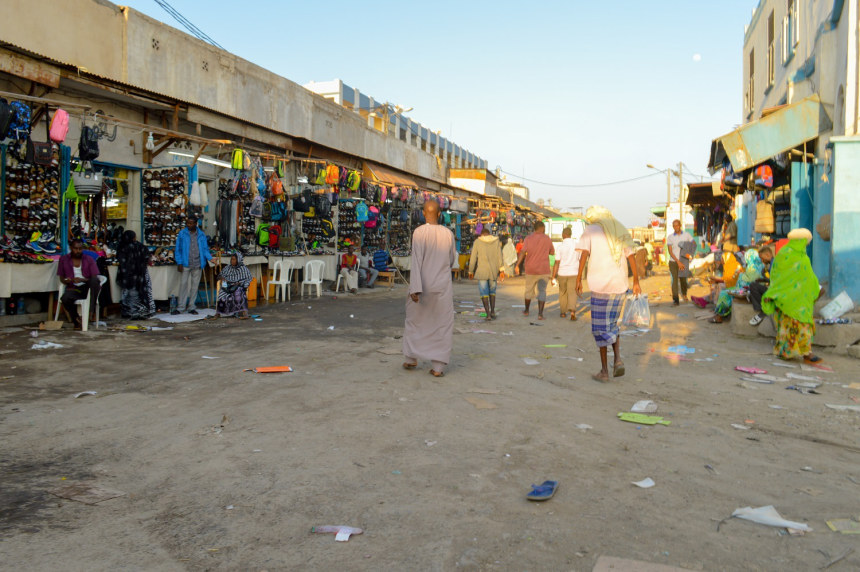
Day 2: Lake Abbe and nearby desert region
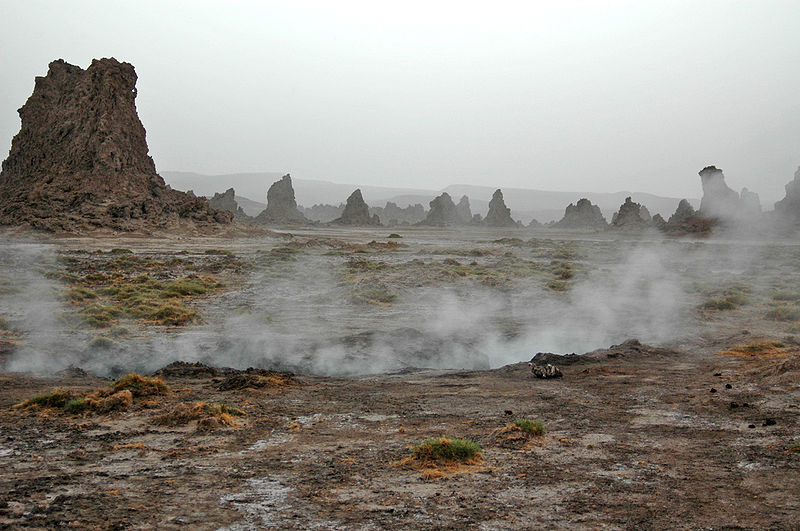
Attractions here include the beautiful limestone chimneys, some of which are up to 50 metres high. There are also hot springs nearby, with water heated in the Earth's crust and pushed to the surface. Be sure to stay hydrated as the temperature here gets well above 40 degrees Celsius.
Day 3: Lake Assal
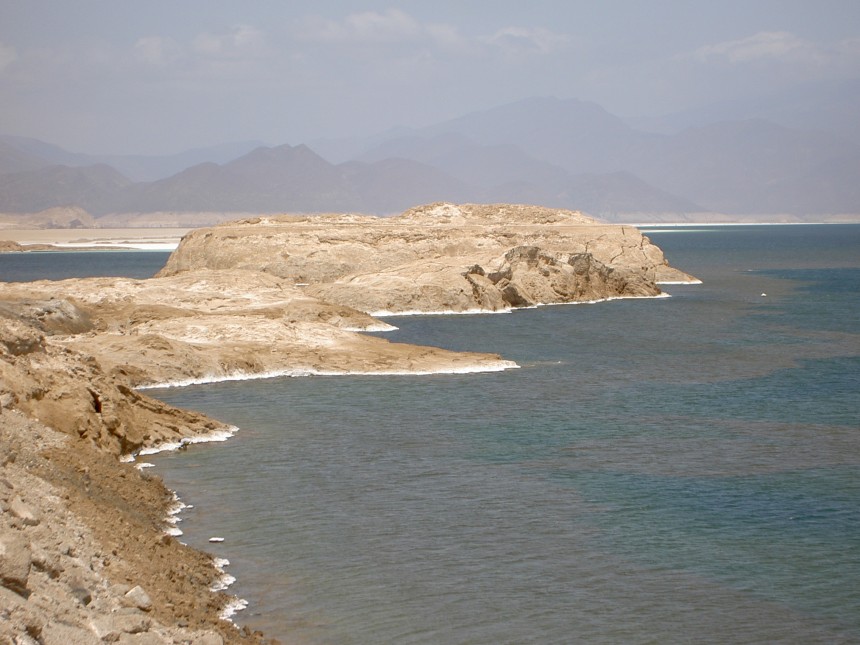
The energetic tourist can hike up the Ardoukoba volcano, a 298 metres peak that last erupted over 40 years ago. If time allows, stop at Djibouti's own Grand Canyon. Here you will see the spectacular results of how the three tectonic plates have brushed against each other over the centuries. The vistas span over the Bay of Djibouti and the Indian Ocean, while the canyon itself offers beautiful photographic opportunities, thanks to its various colours created from metal oxides found in the rock.
Day 4: Moucha Island - Day trip from Djibouti
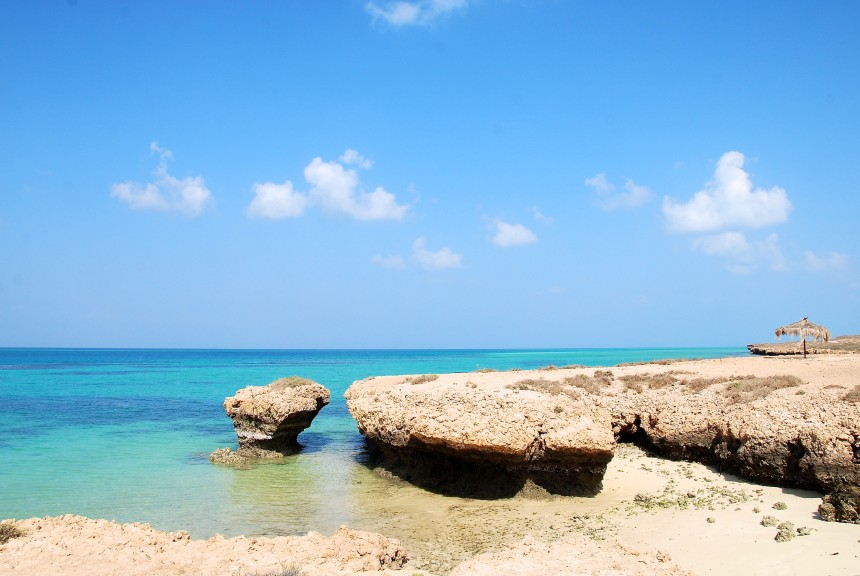
A word of caution: Though Djibouti is fast becoming a popular tourist destination, there are some precautions that should be adhered to. At present, do not travel near the border with Eritrea and when travelling outside of the city, always use a guide as its very easy to get lost on the dusty desert roads.
"Craig Taylor is a freelance writer and blogger. A lover of wildlife, he loves to travel and have as many new experiences as possible, particularly with food! His other passion is photography."
Image details and licenses
Heron beach: https://images.app.goo.gl/CXsSaCknFkCp8hLb6 (Abass Chirdon, CC BY 3.0), Place Ménélik: https://flic.kr/:p/Ebkgi4 (Francisco Anzola, CC BY 2.0), Hamoudi Mosque: https://flic.kr/p/DSrvQL (Francisco Anzola, CC BY 2.0), Whale Shark Diving: https://flic.kr/p/nTS63 (Olivier Roux, CC BY-NC 2.0) Les Caisses Market: https://flic.kr/p/Dnboxg (Francisco Anzola, CC BY 2.0), Lake Abbe: https://images.app.goo.gl/1zYsiW3Te4DiyDVw5 (Rolf Cosar, GNU Free Documentation License), Lake Assal: https://images.app.goo.gl/rrfmTSvY6XVd7ncS8 (Fishercd), Moucha Island: https://flic.kr/p/aX77dT (Ryan Kilpatrick, CC BY-ND 2.0)

